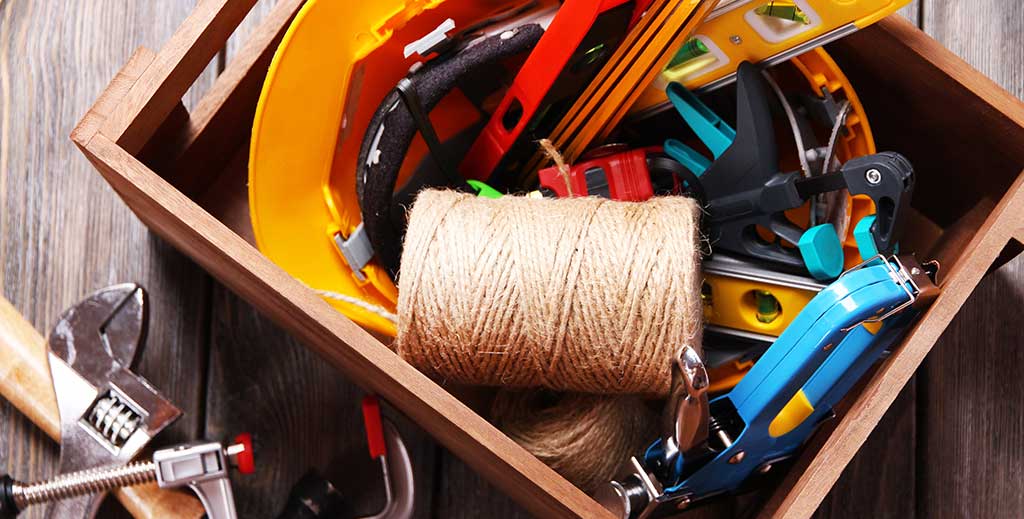Aerial Lift Safety
About 26 construction workers (in the US) die each year from using aerial lifts.
More than half of the deaths involve boom-supported lifts, such as bucket trucks and cherry pickers; most of the other deaths involve scissor lifts.
Electrocutions, falls, and tip-overs cause most of the deaths.
Other causes include being caught between the lift bucket or guardrail and object (such as steel beams or joists) and being struck by falling objects. (A worker can also be catapulted out of a bucket, if the boom or bucket is struck by something).
Most of the workers killed are electrical workers, laborers, painters, ironworkers, or carpenters.
Before Operating an Aerial Lift:
- Check operating and emergency controls, safety devices (such as, outriggers and guardrails), personal fall protection gear, wheels and tires, and other items specified by the manufacturer.
- Look for possible leaks (air, hydraulic fluid, and fuel-system) and loose or missing parts.
- Check where the lift will be used. Look for a level surface that won’t shift. Check the slope of the ground or floor; do not work on steep slopes that exceed slope limits listed by the manufacturer.
- Look for hazards, such as, holes, drop-offs, bumps, and debris, and overhead power lines and other obstructions.
- Set outriggers, brakes, and wheel chocks – even if you’re working on a level slope.
Using an Aerial Lift:
- Always close lift platform chains or doors.
- Stand on the floor of the bucket or lift platform. Do not climb on or lean over guardrails.
- Do not exceed manufacturer’s load-capacity limits (including the weight of such things as bucket liners and tools).
- If working near traffic, set up work-zone warnings, like cones and signs.
- Qualified individuals must train aerial lift workers in the operation and limitations of each aerial lift they will be using.
- Do not modify an aerial lift without written permission of the manufacturer or other recognized entity.
- Boom lifts used for carrying people must have easily accessible controls in or beside the platform.
- Make sure aerial lifts are properly maintained. (This is particularly a concern with rented lifts). Workers should inspect safety devices and check the operation of lift controls before using an aerial lift.
- Do not drive an aerial lift when the lift is extended, unless designed for that purpose.
- For boom lifts, full-body harnesses are required although a safety belt with a 2-foot lanyard may be used instead. Tie off to the boom or basket, not nearby structures.
To prevent electrocutions:
- Non-electrical workers must stay at least 10 feet away from overhead power lines.
- Electrical workers must de-energize/insulate power lines or use proper personal protective equipment and tools.
- Insulated buckets protect from electrocution due to electric current passing through you and the boom to ground. An insulated bucket does not protect if there’s another path to ground – for instance, if you touch another wire.
- Avoid sudden jerks of buckets which can cause contact with live overhead power lines.
And a bonus quote from Frank A. Clark:
“Criticism, like rain, should be gentle enough to nourish a man’s growth without destroying his roots.”
Thanks for the share, TO!



